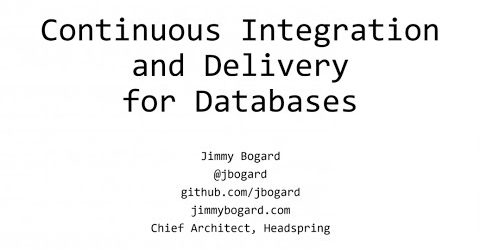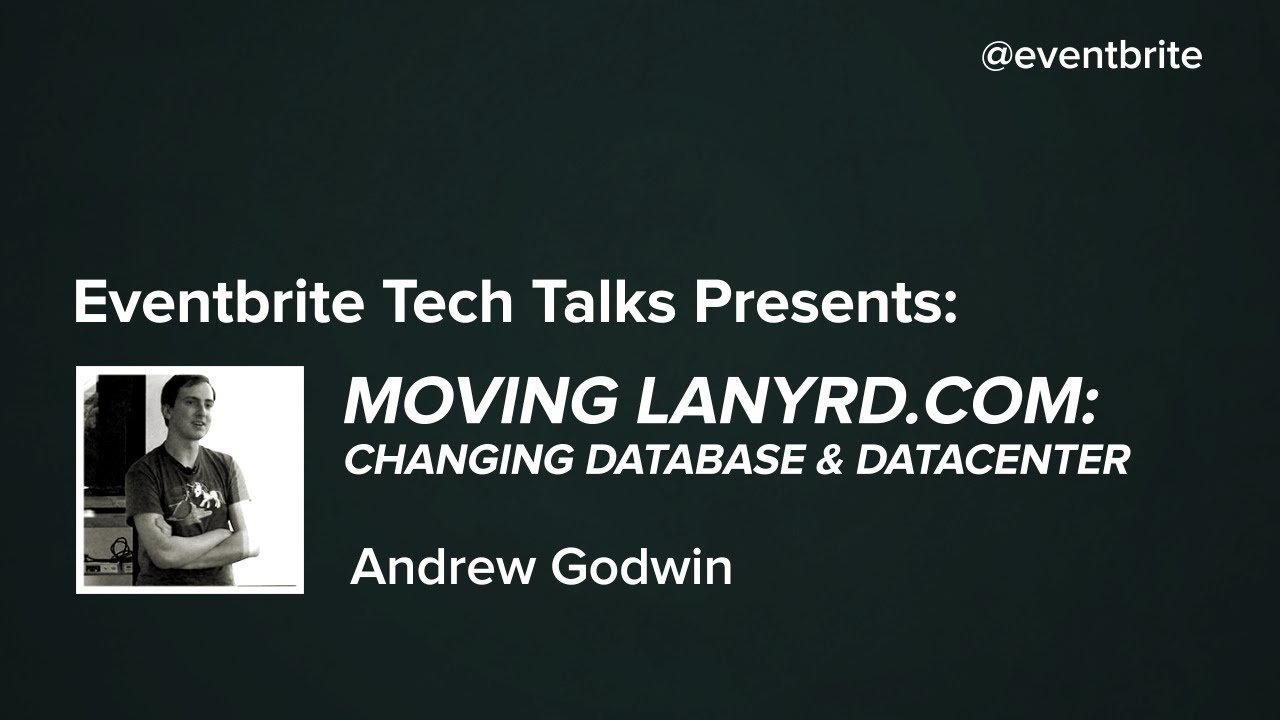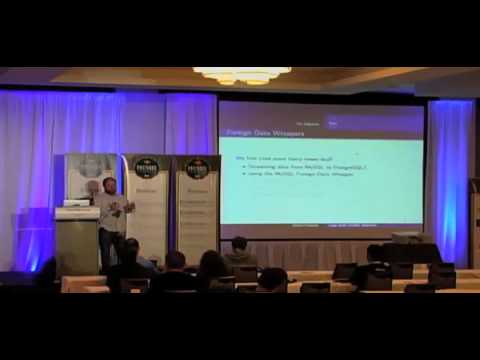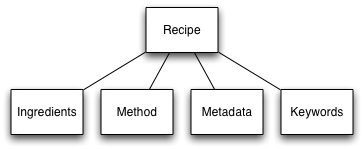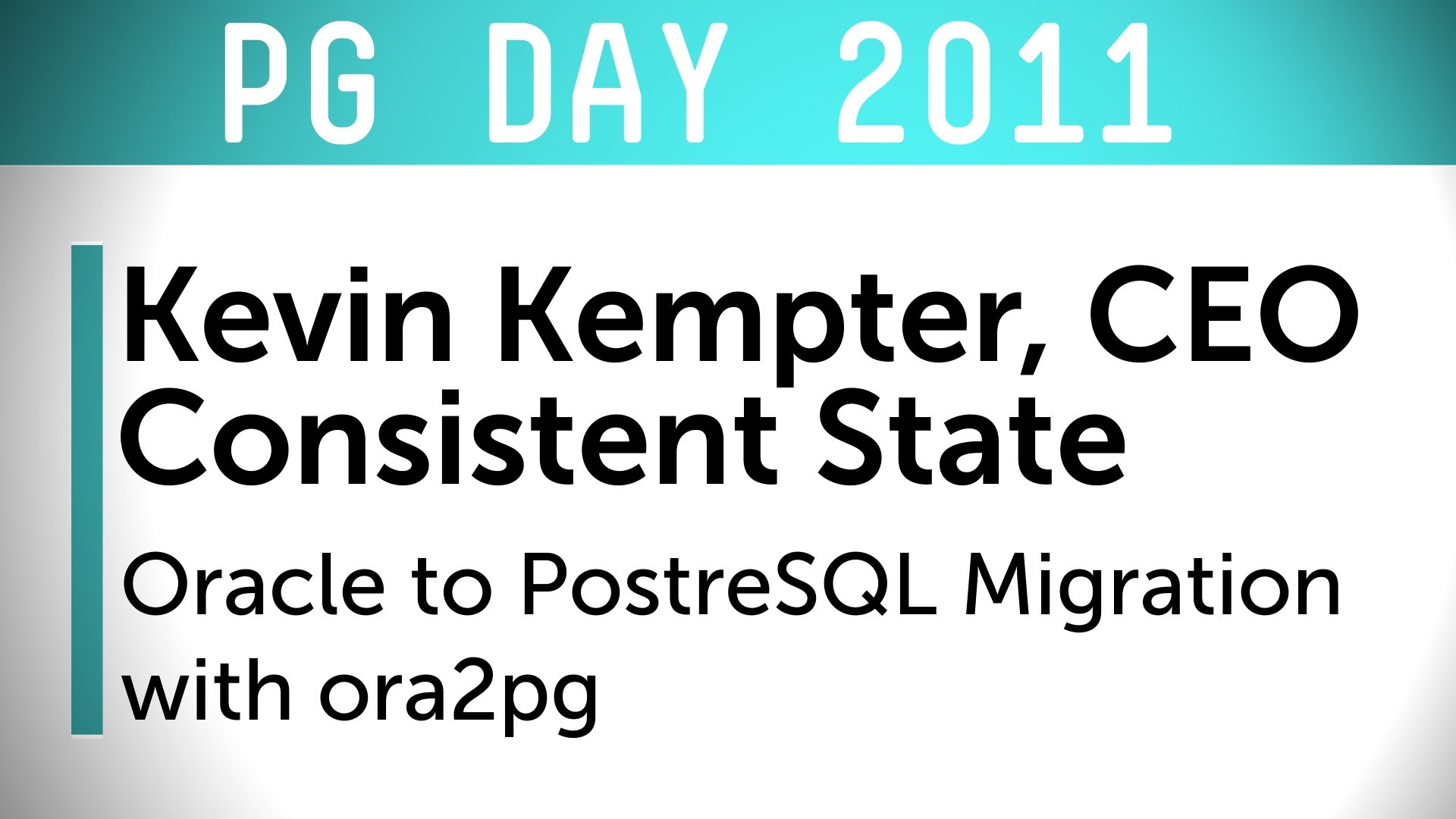Continuous Integration & Delivery for Databases
This talk looks at the common problems faced with making database changes through continuous delivery. It covers the major tools used to address database changes, and the advantages and disadvantages to each. Then it discusses how database migrations can effectively address schema changes over time, for both SQL and NoSQL …

